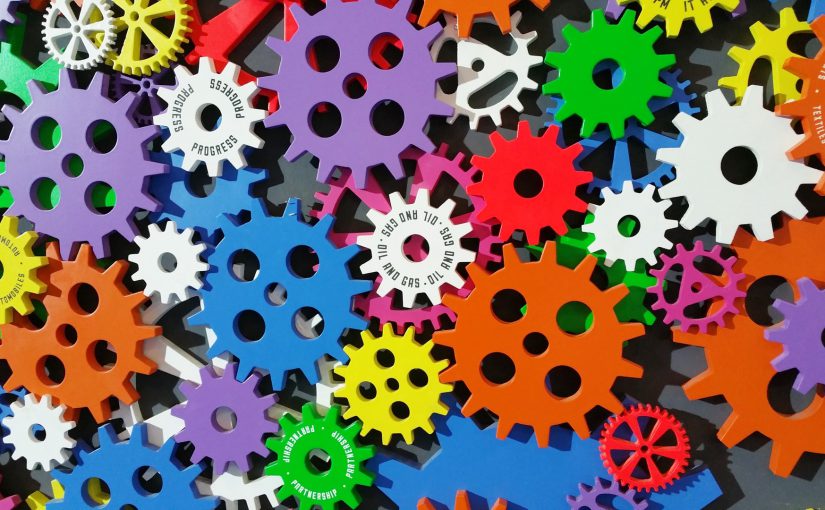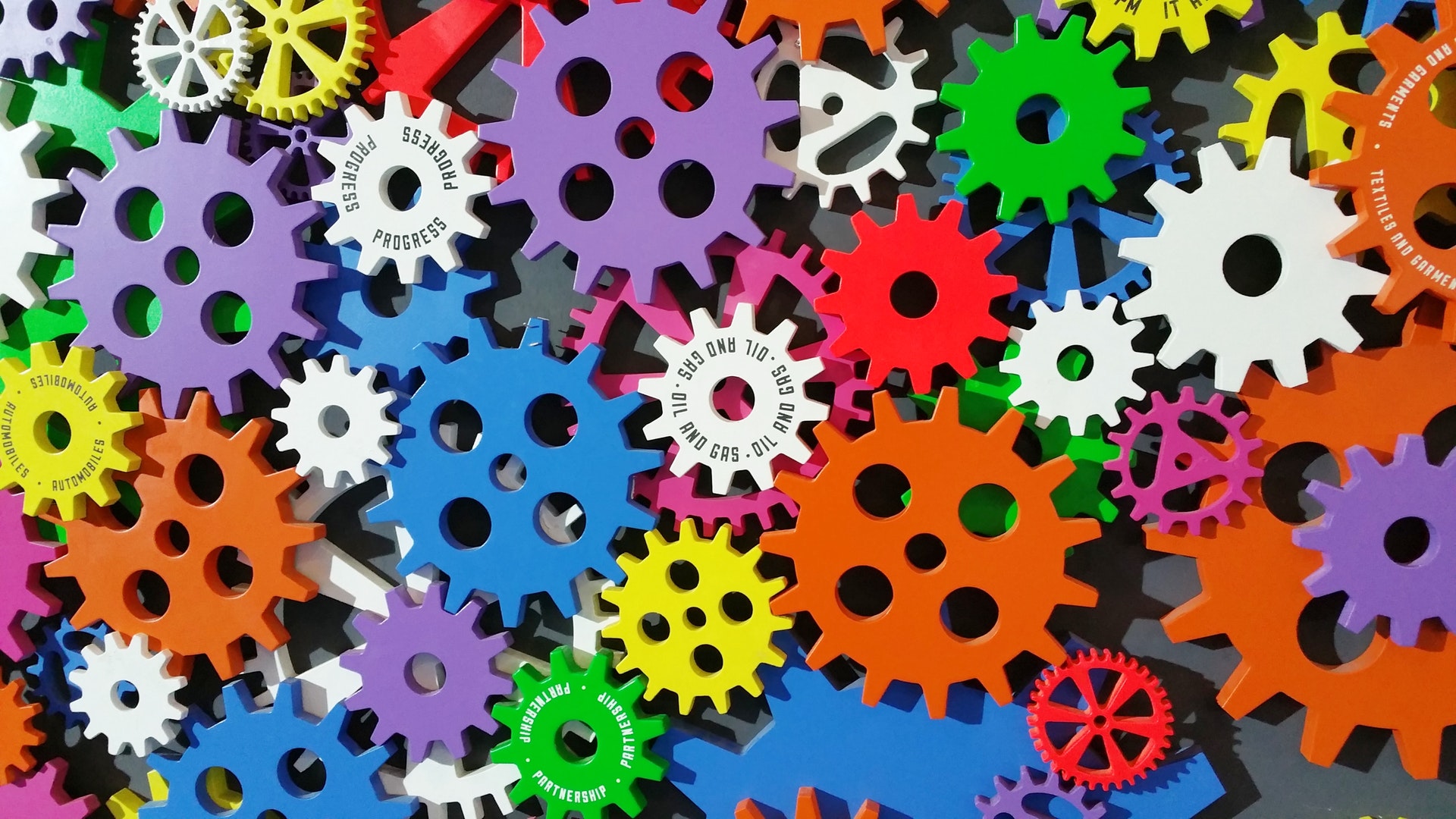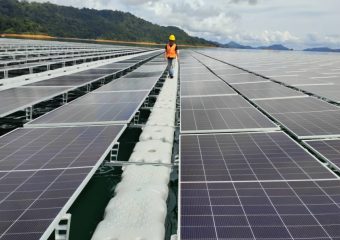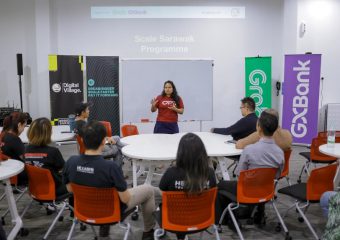Without a doubt, science, technology, engineering and mathematics (STEM) education is becoming ever more crucial, especially in a world where the digital economy is growing in importance.
However, there is also a movement that hopes to add greater value to STEM education by placing art and design at the centre of STEM.
And this movement hopes that STEM education will become STEAM education – or science, technology, engineering, art, and mathematics education.
The concept of STEAM was largely championed by John Maeda, the former president of the Rhode Island School of Design.
He noted that art, which includes liberal arts, fine arts, music, design thinking, and language arts, are critical components in innovation.
As the fourth industrial revolution often emphasised on the importance of innovation, he pointed out that creativity and design thinking – being important elements in the arts – are also essential for innovation.
For instance, by connecting the artistic medium such as music with technical projects such as building music apps, young innovators would be able to discover the potential of artistic innovation.
As STEAM education also emphasises the importance of STEM education, it also stresses on the ability for students to open up new ways of seeing things, to think of alternative ideas, and to learn.
When engaging in projects or activities that combine the elements in STEAM education, it would naturally trigger their curiosity and interest.
Thus, when encountering a problem, they will approach it with a variety of methods through critical thinking and creativity.
By trial and error, students will learn how to take risk, therefore learning how to really think outside the box instead of using the common approaches in solving a set of problems.
Skills fostered by an education in the arts such as creativity, trial and error, divergent thinking skills, dynamic problem solving and perseverance can be utilised and brought over to improve STEM learning.
Meanwhile, for us in Sarawak, the Digital Economy Hub – a private sector initiative for STEAM education and commercial applications – was established in Kuching to support our digital economy transformation.
The centre provides a platform for young manufacturers and innovators to learn, collaborate and assist industries in going digital.
With courses and services such as 3D printing lab, fabrication lab, robotics and virtual reality studio, the centre focuses on integrating art into STEM education.
This is a weekly column by SarawakYES! – an initiative driven by Faradale Media-M Sdn Bhd and supported by Angkatan Zaman Mansang (AZAM) Sarawak – to provide advice and stories on the topics of education and careers to support Sarawakians seeking to achieve their dreams. Join us on Facebook, Twitter, Instagram and YouTube.
This article first appeared on The Borneo Post, published in the print version on Saturday, June 23, 2018.
Photo by Digital Buggu from Pexels.




